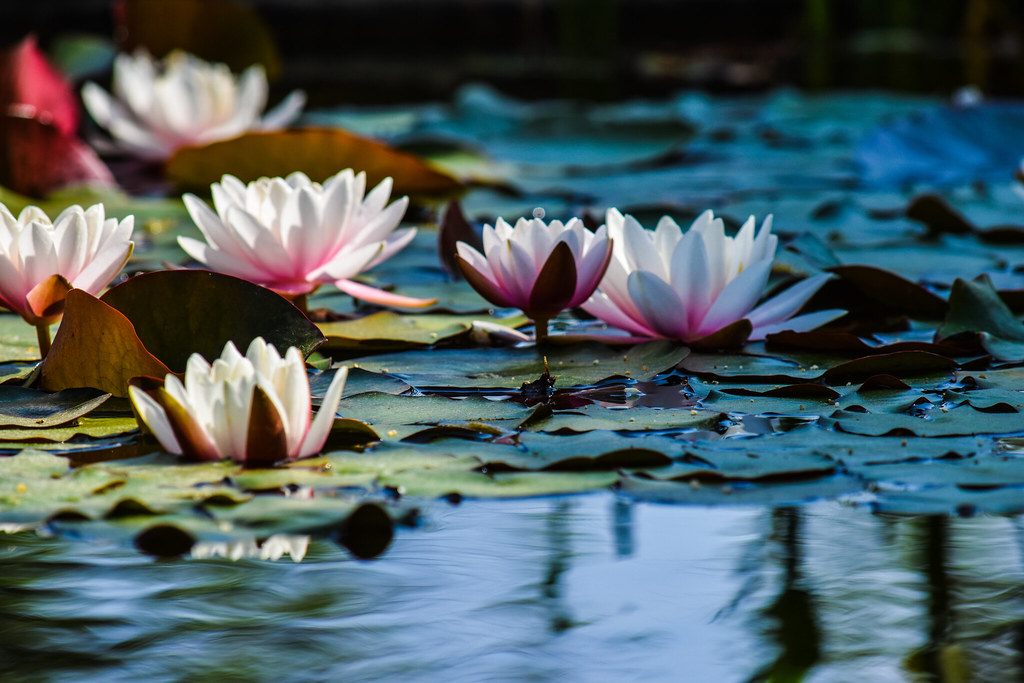Google Slides is a very good free presentation tool. It is particularly good if you want to:
- Collaborate with multiple presenters to build a slide deck
- Present to a worldwide audience via Google Hangout
- Present from a mobile device like a smartphone
And now Slides has added a new feature that makes it incredibly useful for almost any presentation setting. Slides now can allow for collection of questions during a presentation. You can read more about this feature here, or watch the following video:
The steps are pretty straightforward:
The steps are pretty straightforward:
- Create/upload a presentation (you can upload a PowerPoint presentation and it will be converted to Slides format
- At presentation time, in the upper right corner use the drop down next to "Present" and select "Use new audience Q & A.."
- Click start new
- The URL for the Q & A page will be displayed on your slide.
- Users can enter questions (anonymously or not)
- They can vote others' questions up or down
- You can see the most popular questions and answer them during or at the end of the presentation
This is a great tool to engage your audience and make your teaching more student-centered.
I recently used this tool for the first time at a keynote I was delivering at the Massachusetts General Hospital ECOTE 16 education symposium. While using this feature was easy, I had a slight wrinkle. I like PowerPoint due to the granular control on graphics, animations and transitions and also I present using a Surface Pro that lets me write on the slides as I present. I did not want to give up on this functionality.
So I ran Google Slides in the background! I went through the present >> use audience Q/A steps, >> grabbed the URL for submitting questions and pasted this on my intro slide in PowerPoint.
It went like a charm. I got the best of both worlds -- PowerPoint on a Surface Pro and Google Slides in the background to collect questions! I was able to answer some of the most popular questions before running out of time. But I was able to review all the questions that got asked which helps me prepare for a similar talk I might give in the future.
Here is a list of all the questions which I was able to get from the "tools" menu in Google Slides.
Here is a list of all the questions which I was able to get from the "tools" menu in Google Slides.


